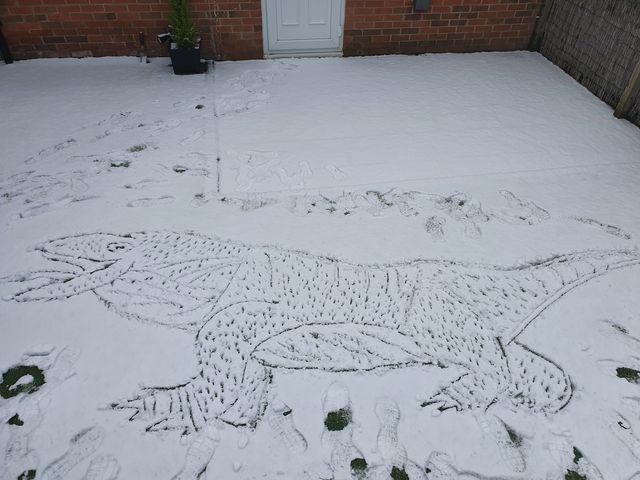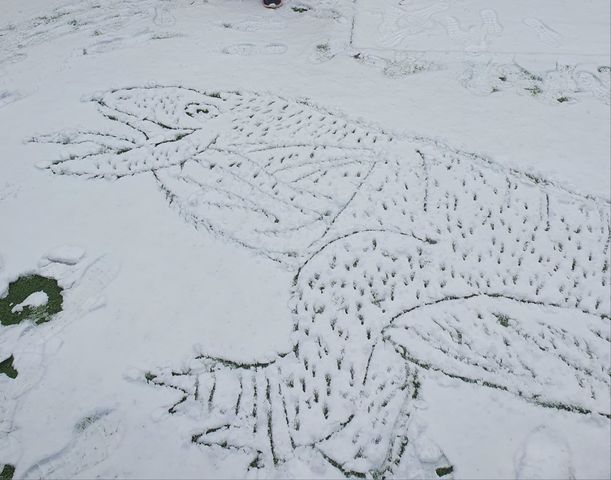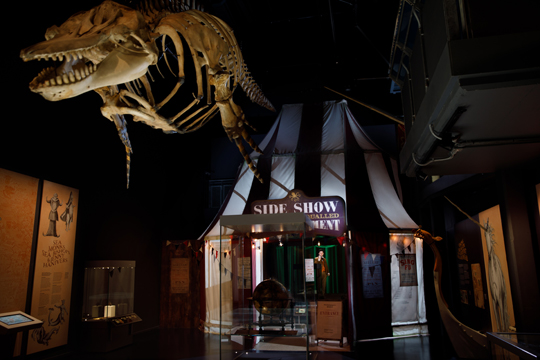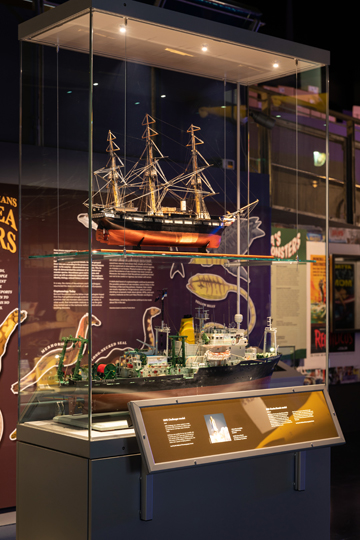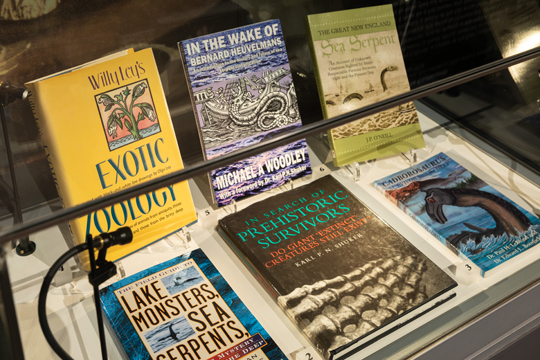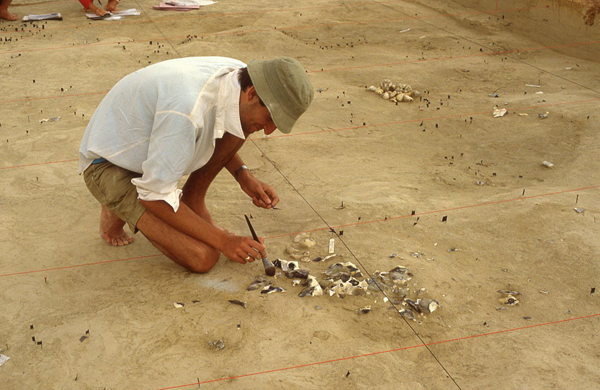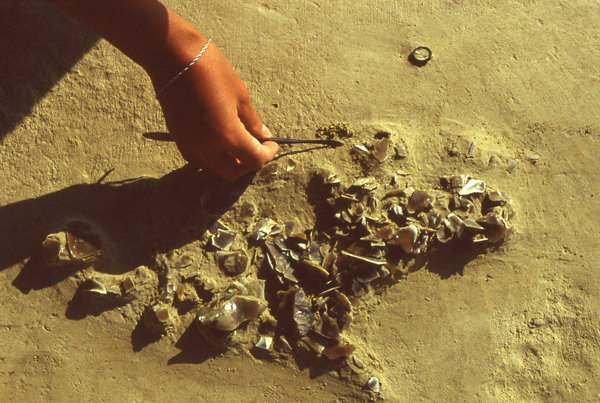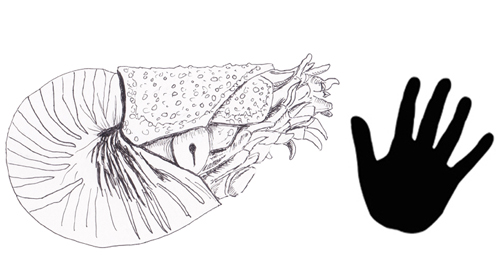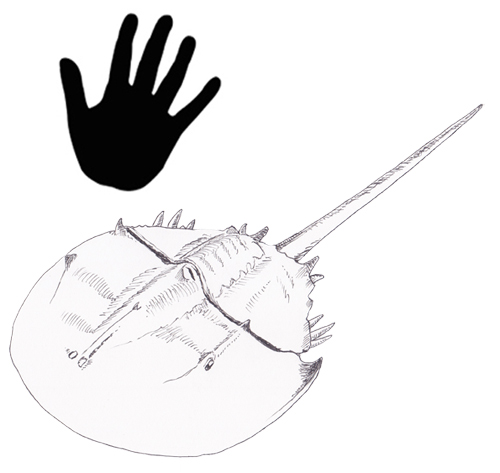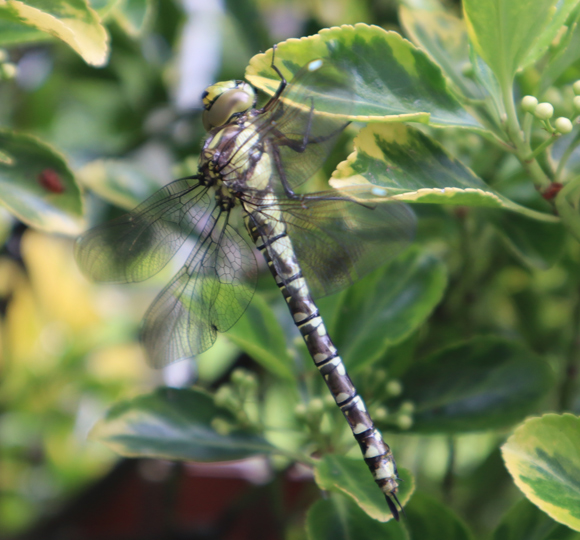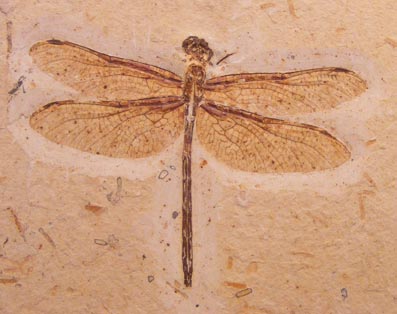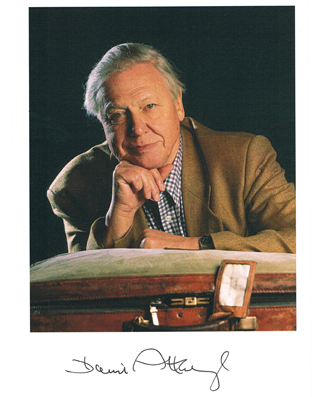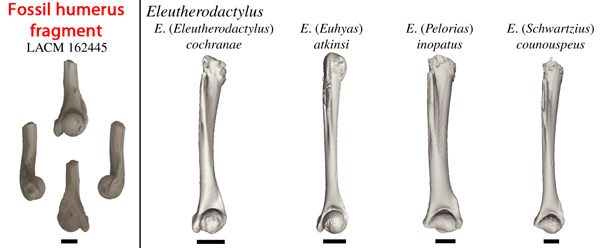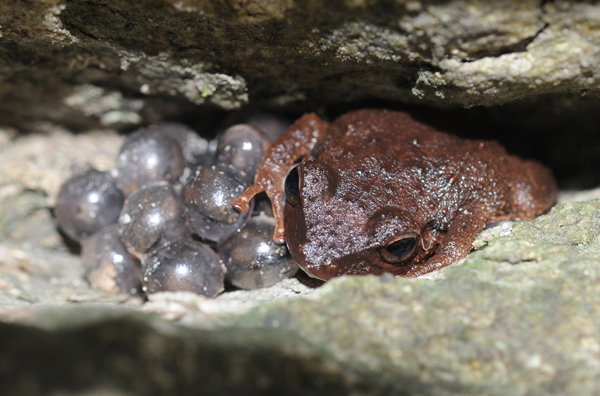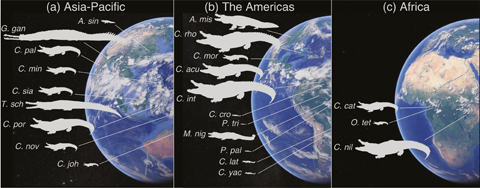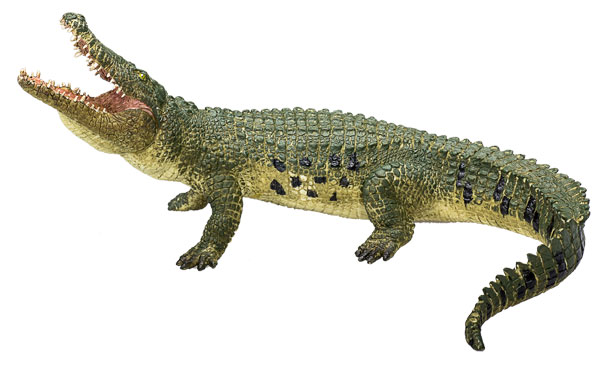News stories and articles that do not necessarily feature extinct animals.
World’s Oldest Cave Art Known to Science Discovered in Sulawesi
Oldest Cave Art Found in Sulawesi
Scientists have discovered the world’s oldest known animal cave painting on the island of Sulawesi (Indonesia) – a wild pig – believed to have been drawn 45,500 years ago. The cave painting consists of a figurative depiction of a group of Sulawesi warty pigs, one male seems to be observing an interaction between two other pigs, their impressions are only partly preserved. Painted in red ochre, the dark red impressions are approximately life size. There are two handprints painted above the back of the pig, this evocative artwork provides the earliest evidence recorded to date of human settlement in this region.
The Oldest Cave Art Known to Science
The World’s Oldest Known Animal Cave Painting

The world’s oldest known animal cave painting on Sulawesi (Indonesia). An illustration of a warty pig believed to have been drawn 45,500 years ago.
Picture credit: Maxime Aubert (Griffith University, Australia)
Writing in the academic journal Science Advances, the archaeologists from Griffith University, the University of Brisbane in collaboration with their Indonesian colleagues from Pusat Penelitian Arkeologi Nasional (ARKENAS), Hasanuddin University (Indonesia) and other academic bodies discovered the remarkable cave art in a limestone cave known as Leang Tedongnge on the south-western peninsula of the island of Sulawesi. The cave painting consists of a figurative depiction of a group of Sulawesi warty pigs (Sus celebensis) that are endemic to this Indonesian island.
Commenting on the significance of their discovery, Professor Adam Brumm (Australian Research Centre for Human Evolution at Griffith University) stated:
“The Sulawesi warty pig painting we found in the limestone cave of Leang Tedongnge is now the earliest known representational work of art in the world, as far as are aware. The cave is in a valley that’s enclosed by steep limestone cliffs and is only accessible by a narrow cave passage in the dry season, as the valley floor is completely flooded in the wet. The isolated Bugis community living in this hidden valley claim it had never before been visited by Westerners.”
Views of the Entrance to the Leang Tedongnge Cave and a Schematic Plan of the Cave Site

(A and B) Leang Tedongnge cave. The cave is located at the foot of a limestone karst hill (A); the cave mouth entrance is shown in (B). Plan (C) and section of Leang Tedongnge site.
Picture credit: Brumm et al (Science Advances)
Dating Using Isotope Analysis of Mineral Deposits
To determine the approximate age of the cave paintings, the research team used Uranium-series isotope dating of associated calcium carbonate mineral deposits. The oldest cave painting was estimated to be at least 45,500 years old. A second painting from a nearby cave known as Leang Balangajia was dated to around 32,000 years ago.
A Digitally Enhanced View of the Cave Art at the Leang Tedongnge site

A stitched panorama view of the cave art enhanced using Decorrelation Stretch (DStretch) computer software.
Picture credit: Brumm et al (Science Advances)
Professor Brumm described the artwork:
“It shows a pig with a short crest of upright hairs and a pair of horn-like facial warts in front of the eyes, a characteristic feature of adult male Sulawesi warty pigs. Painted using red ochre pigment, the pig appears to be observing a fight or social interaction between two other warty pigs.”
Co-author of the paper PhD student Basran Burhan, an Indonesian archaeologist from southern Sulawesi ,who is currently studying at Griffith University commented:
“These pigs were the most commonly portrayed animal in the ice age rock art of the island, suggesting they have long been valued both as food and a focus of creative thinking and artistic expression.”
Recovering DNA from the Handprints
The research team are confident that they will be able to recover DNA from the two handprints located above the pig’s back. A study of this genetic material will shed light on the origins of the people who painted this prehistoric scene. This cave art underlines the importance of Indonesia in terms of mapping the spread of modern humans around Asia and the researchers state that even older cave art may still be awaiting discovery in the hundreds of limestone caves located on Sulawesi.
Views of the Two Sulawesi Handprints

Close-up views of the two Sulawesi handprints preserved above the red ochre illustration of the warty pig. One looks much larger than the other and these may represent stencils made by two individuals.
Picture credit: Maxime Aubert (Griffith University, Australia)
The scientific paper: “Oldest cave art found in Sulawesi” by Adam Brumm, Adhi Agus Oktaviana, Basran Burhan, Budianto Hakim, Rustan Lebe, Jian-xin Zhao, Priyatno Hadi Sulistyarto, Marlon Ririmasse, Shinatria Adhityatama, Iwan Sumantri and Maxime Aubert published in the journal Science Advances.
Visit Everything Dinosaur: Everything Dinosaur.


